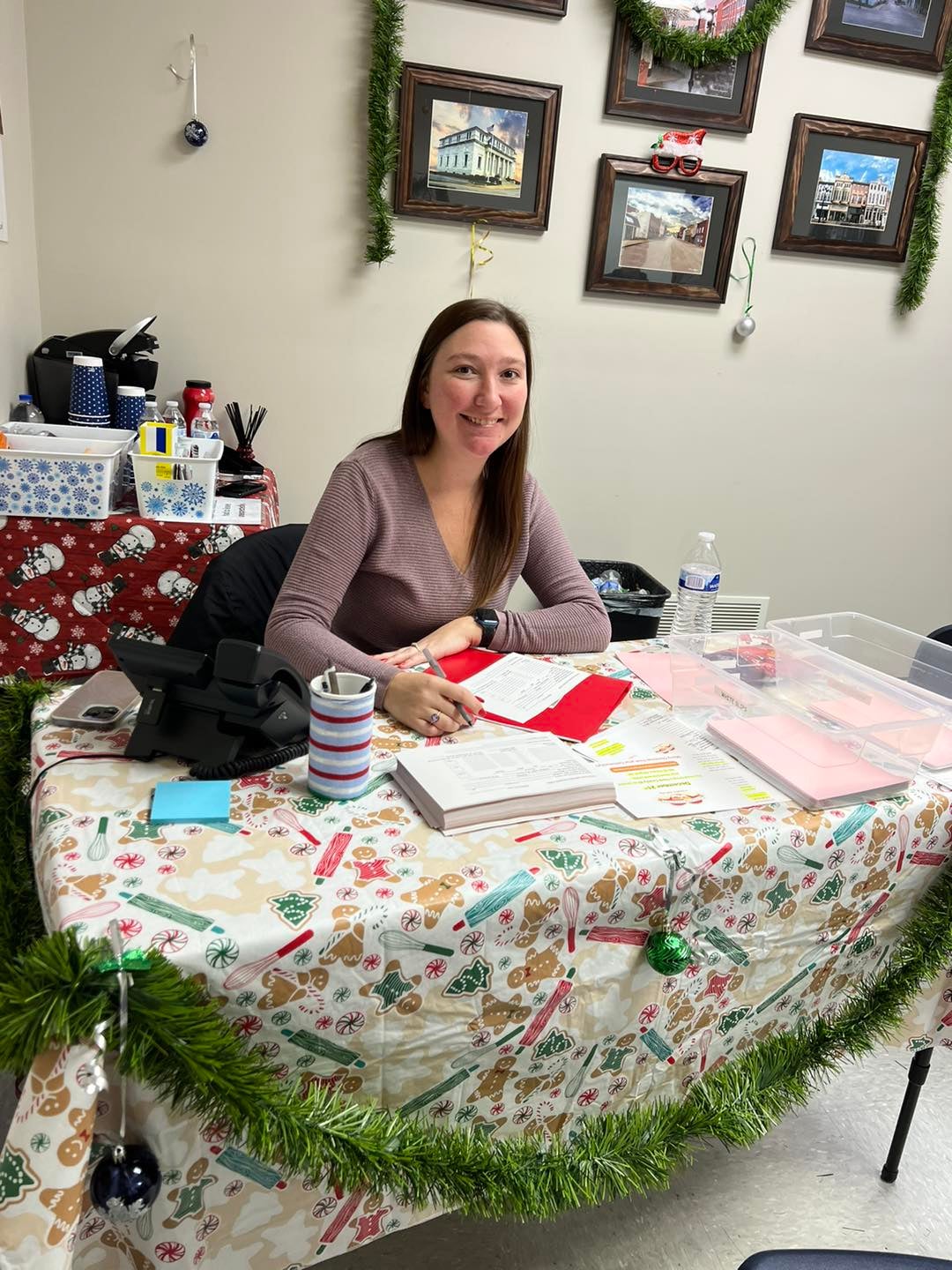Stamm: Fall is a great time to sample soil
Published 10:23 am Tuesday, October 6, 2020

- Clay Stamm is the Clark County Cooperative Extension Service agent for agriculture and natural resources.
|
Getting your Trinity Audio player ready...
|
If you think spring is the best time to take soil samples, you might want to rethink that.
Fall is actually the optimum time to take soil samples for fertility analyses.
Fall sampling gives you plenty of time to follow fertility recommendations before planting season.
As soon as you receive the soil test results, look at the recommendations for lime and pH, a measure of soil acidity that affects plants’ uptake of all nutrients.
If the soil pH is too low, it decreases the uptake of essential nutrients, and elements like aluminum and manganese can become toxic to growing plant roots.
Applying limestone neutralizes soil acidity.
Because agricultural lime takes about six months to break down and react with the soil, it should be applied in the fall to be fully effective in the spring.
Unlike fertilizer, lime is needed every three to five years, depending on your crop rotation and nitrogen fertilizer history.
The only way to determine if your fields will need lime next year is by soil testing this fall.
The turn-around time for test results is much faster in the fall, usually within a week of submission, because fewer people are submitting samples.
You can also apply all the recommended fertilizers, except nitrogen, in the fall. Often a fall application will save you considerable money, because fertilizer prices generally are cheaper in the fall as a result of lower demand.
In addition to lower fertilizer prices, it’s easier to get the spreader truck in the field during the fall, because the soil usually is drier.
If you don’t soil test, you can only guess at the fertility needs of your fields, and far too often, those assumptions are wrong. Guessing at the amount of fertilizer to apply often results in applying more than the recommended rate. Some producers want to be sure there’s plenty of fertilizer available in case they have a bumper crop next season. However, studies have shown that crops need the same amount of fertilizer in a good year as in a poor year.
If you’re interested in collecting fall soil samples, stop by your local county Extension Office. We can give you details on how to take accurate soil samples and where to send the collected cores.
Remember, spending some effort on soil sampling this fall can keep you from wasting time and money. Fall soil samples also can provide big returns for next year’s crop.
If you have any questions, or would like additional information about soil testing, feel free to contact Clay Stamm, Clark County Agriculture and Natural Resources Agent at the Clark County Extension Service.
Clay Stamm is a Clark County Cooperative Extension Service agent for agriculture and natural resources. He can be reached at clay.stamm@uky.edu.





